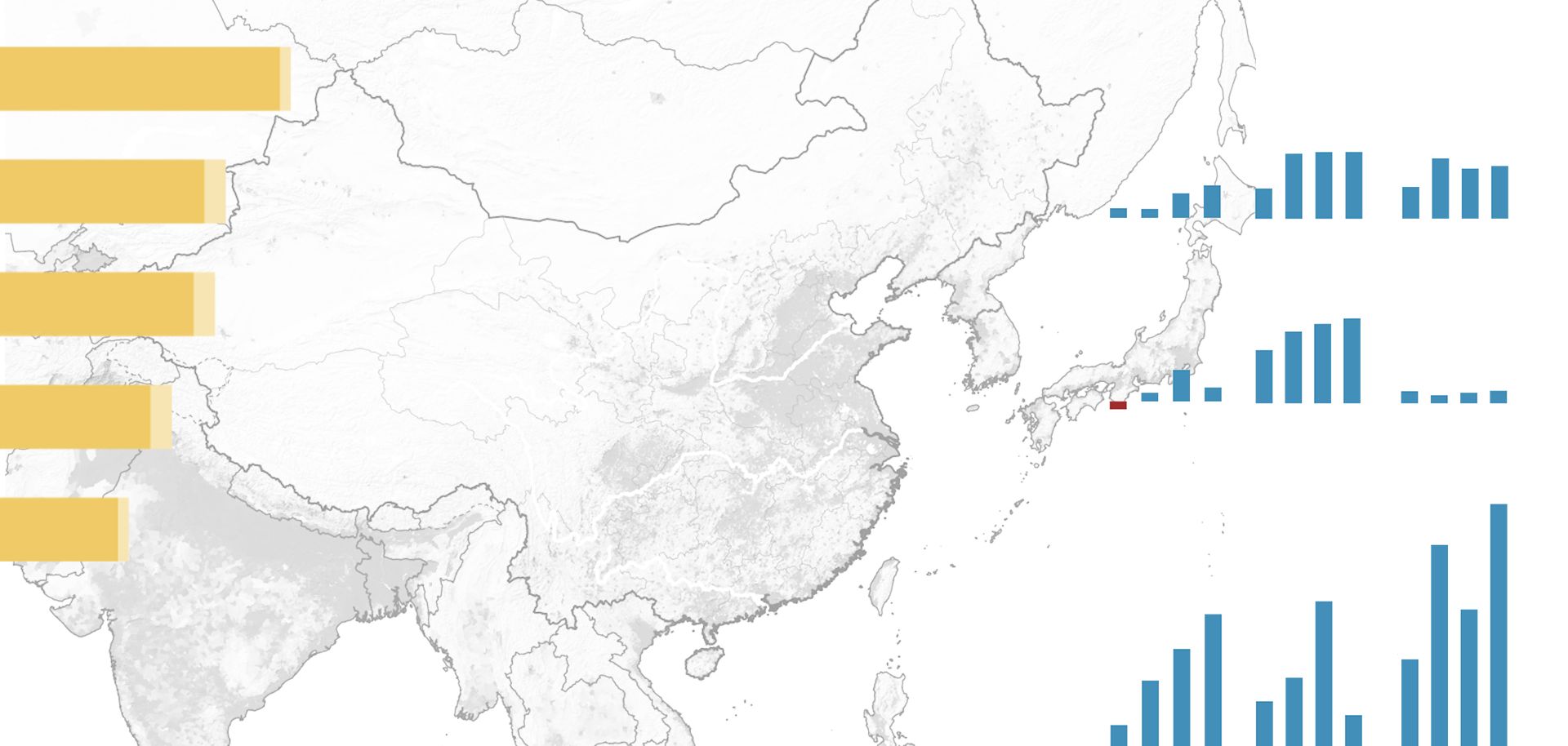
To understand China's territorial disputes with its neighbors, it is necessary to first understand the so-called nine-dash line, a loose boundary line demarcating China's maritime claims in the South China Sea. The nine-dash line was based on an earlier territorial claim known as the eleven-dash line, drawn up in 1947 by the then-ruling Kuomintang government without much strategic consideration since the regime was busy dealing with the aftermath of the Japanese occupation of China and the ongoing civil war with the Communists. After the end of the Japanese occupation, the Kuomintang government sent naval officers and survey teams through the South China Sea to map the various islands and islets. The Internal Affairs Ministry published a map with an eleven-dash line enclosing most of the South China Sea far from China's shores. This map, despite its lack of specific coordinates, became the foundation of China's modern claims, and following the 1949 founding of the People's Republic of China, the map was adopted by the new government in Beijing. In 1953, perhaps as a way to mitigate conflict with neighboring Vietnam, the current nine-dash line emerged when Beijing eliminated two of the dashes. The new Chinese map was met with little resistance or complaint by neighboring countries, many of which were then focused on their own national independence movements. Beijing interpreted this silence as acquiescence by the neighbors and the international community, and then stayed largely quiet on the issue to avoid drawing challenges. Beijing has shied away from officially claiming the line itself as an inviolable border, and it is not internationally recognized, though China regards the nine-dash line as the historic basis for its maritime claims.



